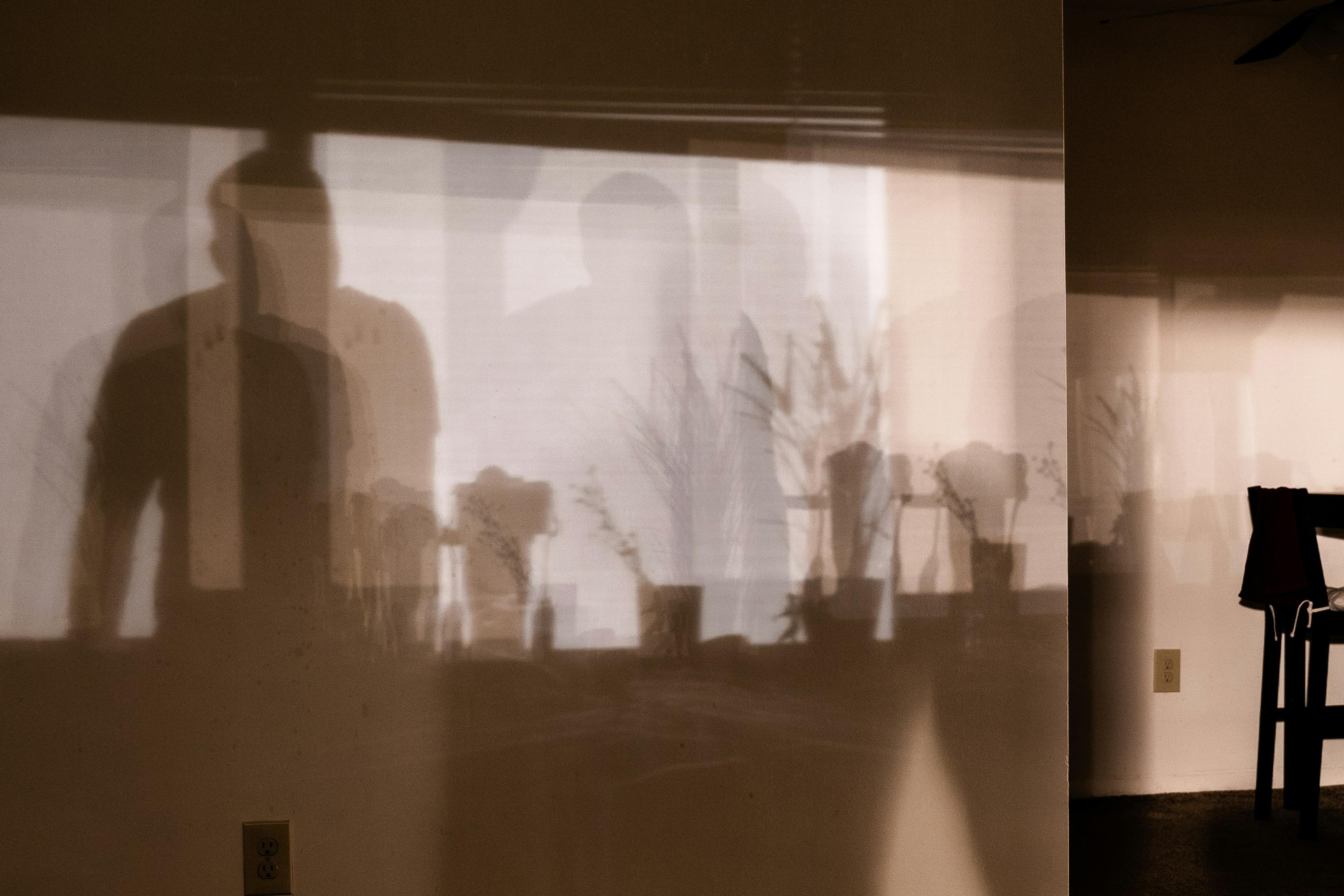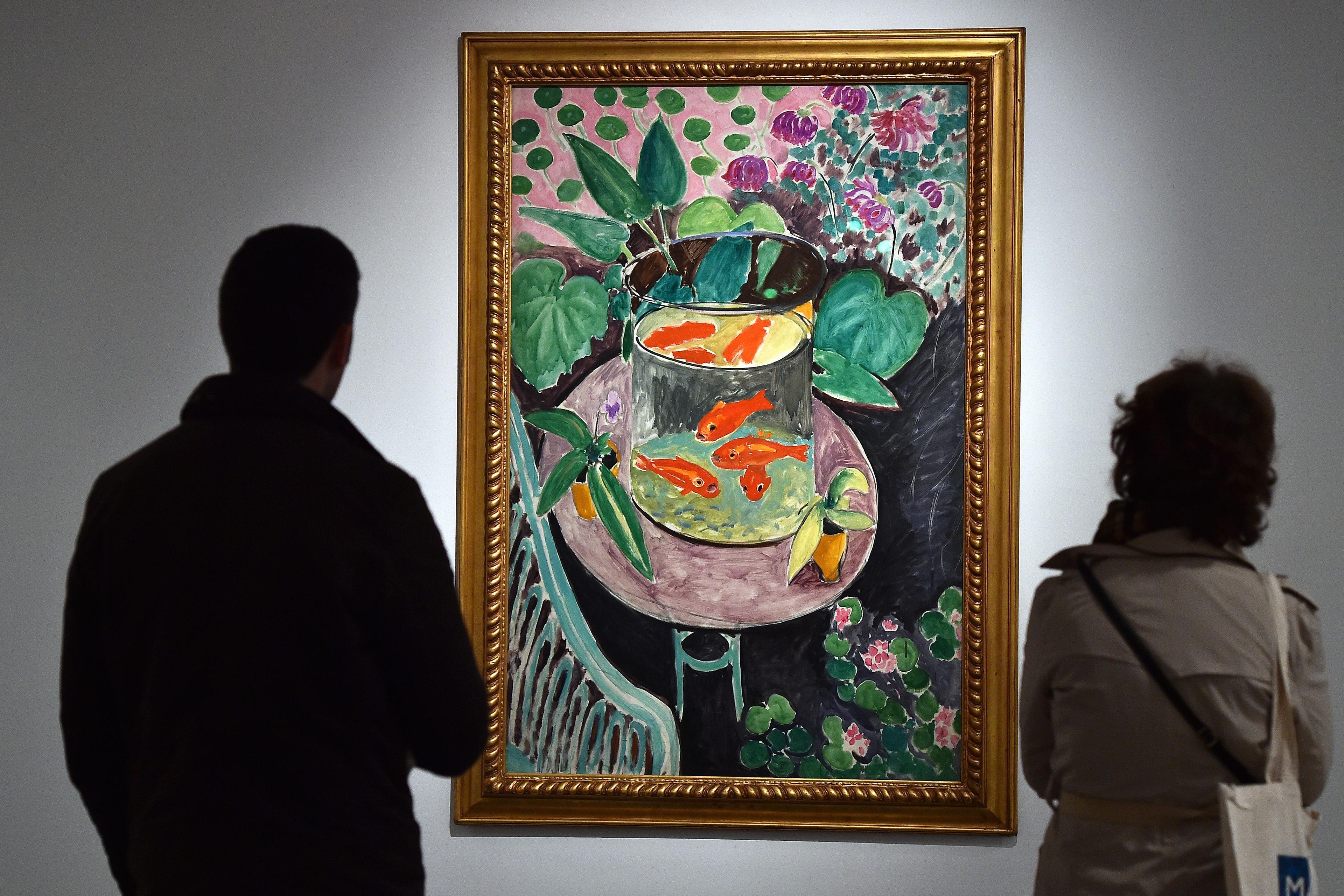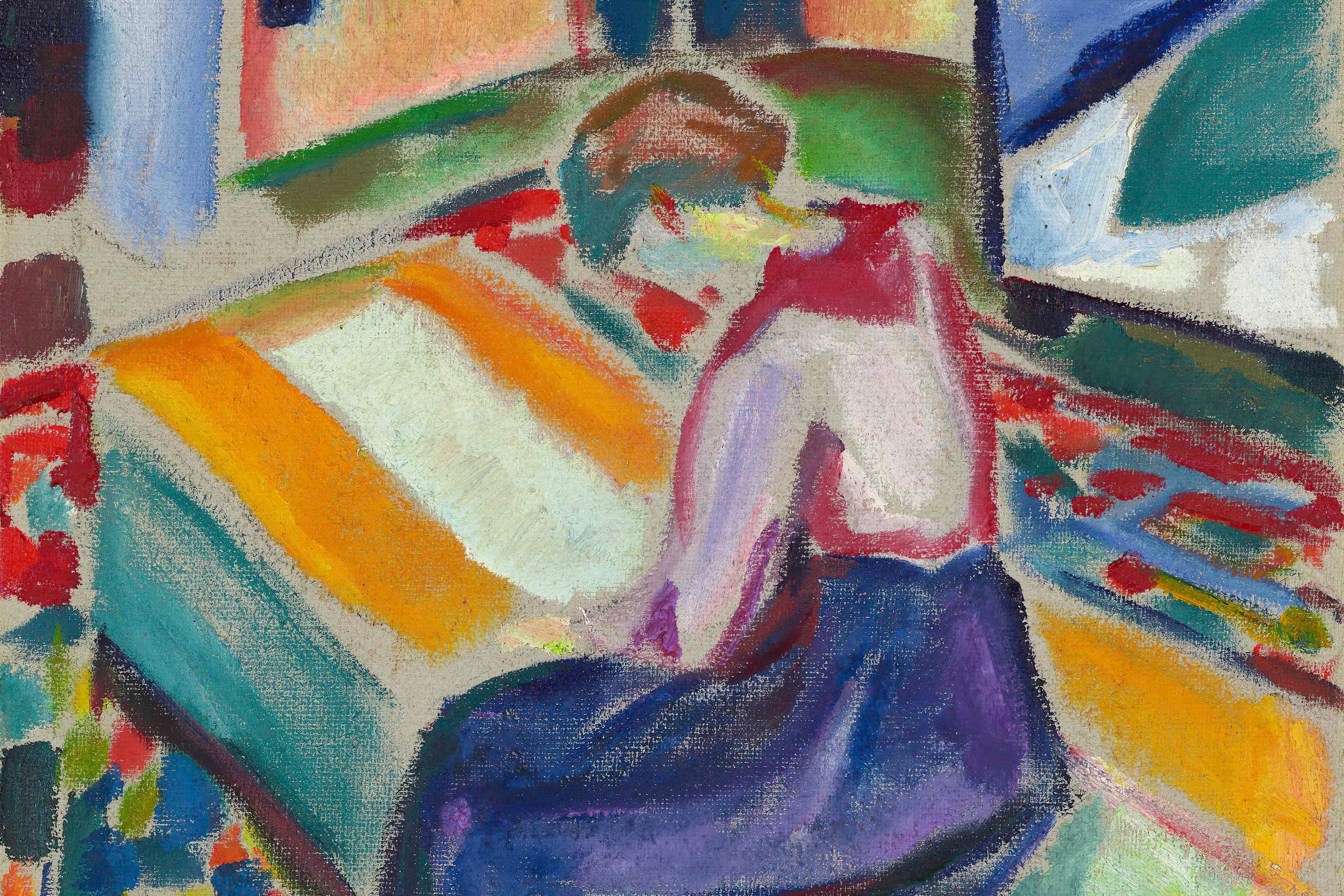The first time I saw my therapist, she was standing in front of a room full of people, talking about William Golding’s novel Lord of the Flies (1954). It was part of a series of book events on the theme of psychoanalysis and literature, and my therapist was dissecting the emotional and psychodynamic contours of the book, in particular the ending.
The novel concerns a group of English schoolboys whose plane is downed while they are being evacuated from a war that is raging at home: after being stranded on an island for weeks and brought to the brink of murderous despair, they are rescued by a British naval officer on the novel’s final page. But… my therapist was saying, the man represents rescue in only the least meaningful sense of the word. He would save the boys, yes. They would survive. But sometimes that is not enough. When the boys begin to cry, breaking down in front of the adults as they process what happened to them on the island, the naval officer turns away while they compose themselves. He will save them, but he cannot bear to witness their suffering. What does that kind of survival mean?
As soon as my therapist explained why the ending of the book was not a meaningful rescue, I thought: I know what that’s like – the worst effects of my own traumatic history were brought about by my mortal fear of allowing anyone to witness them. I know what it’s like to survive without being seen. To survive, but live forever in hiding. In that moment, I knew that she would not turn away. I emailed her every week following until an appointment slot opened up in her diary.
Trauma is not cognitive. It is not a set of thoughts, but a set of instincts
My therapist practises psychodynamic psychotherapy. That means she specialises in so-called talk therapy, in which the patient guides the conversation. It derives from the Freudian model of psychoanalysis, but it has an extra element, too. Psychodynamic therapists believe that relationships hold the key to many people’s psychological suffering, and so the way the patient relates to others is key to healing. That work begins with the relationship between patient and therapist.
Psychodynamic therapy differs from other talk therapies in using the patient-therapist relationship to explore the patient’s unconscious thoughts and fears, and in allowing the therapist to interject, feeding back how they feel about what the patient is and isn’t saying. A psychodynamic therapist enables the patient to renegotiate their relationships using the therapeutic dynamic as a safe testing ground. This is why, I believe, psychodynamic therapy is often so useful for people who suffer from post-traumatic stress disorder (PTSD). It can help the patient recognise hidden memories associated with the original trauma by showing them how those memories play out inside the patient-therapist relationship.
Trauma is not cognitive. It is not a set of thoughts, but a set of instincts. The US psychiatrist Robert Jay Lifton writes in Death in Life: Survivors of Hiroshima (1968) that PTSD occurs when a traumatic event leaves a ‘death imprint’ or an ‘indelible imprint’ on the brain. When traumatic memories get stuck in this way, they cannot be rearranged into logical narratives. Instead, they remain trapped in the brain as flashes of an unbearable experience that leak out at the mind’s weakest moments. The part of the brain responsible for separating the past from the present – the hippocampus – becomes dysfunctional and the brain re-enters fight, flight or freeze mode every time it is reminded of the experience, even though there is no longer any danger present.
I suffered from PTSD for 10 years without knowing it, after I was violently raped by a stranger in an abandoned bathroom stall, following years of being sexually abused by a mentor as a young elite gymnast. I never spoke about my rape or my abuse. I thought that, in not telling anyone, I could pretend it hadn’t happened. But it doesn’t work like that. At 17, I started having panic attacks; I stopped sleeping, fell prey to severe bouts of depression. Looking back now, I understand that this was connected to my rape. But at the time, I was committed to ignoring it. I was referred to a cognitive behavioural therapist – a type of talk therapy that tries to identify the person’s unhelpful thought patterns and re-arrange them. I tried CBT for years, but it never helped me, because my conscious thoughts weren’t the problem. What was troubling me was much deeper, more unconscious, than that. What was troubling me was hidden from everyone – even me.
Abuse survivors are left, often without realising it, with a sense that there is something toxic or bad about them, something rotten that caused another person to treat them badly. This was never something I thought. It was something I felt; something pre-rational that I knew in my bones to be true. Because these assumptions are unconscious, they play out in every relationship we form without us knowing it. And because of the intense connection between trauma and shame, we find it very hard to identify the feelings that are symptoms of PTSD because they are, so often, unspeakable.
I have always been people-pleasing my way into what I thought were meaningful relationships
Until I met my therapist, I had never been able to articulate the worst things I believed about myself. I didn’t think anyone would be able to tolerate how much I hated myself. So instead of articulating these feelings, I spent years and years dissociating from relationships, avoiding intimacy and sabotaging closeness, imagining I’d be abandoned as soon as the other person found out how rotten I truly was. But while dissociation protects us from feeling the overwhelming emotions connected to the traumatic memory – panic, fear, pain – if it is never processed, it numbs all the other emotions, too: connection, love, joy, safety. It is the naval officer in Lord of the Flies, offering rescue but not compassion. Offering survival, but not living.
Feeling ashamed and dissociated often leads PTSD sufferers to develop intense people-pleasing behaviour. The fear of being exposed as inherently bad addicts us to finding ways to win the approval of others, as if that approval might neutralise the toxic thing inside of us. I have always been this way, people-pleasing my way into what I thought were meaningful relationships. But when you believe you’ve tricked people into liking you by doing things for them, you rob yourself of the ability to feel close to anyone. Every relationship becomes conditional.
Without realising it, I have spent most of my life believing that I have to hide parts of myself in order to be loved. That I have to pretend to be more than I am – more successful, more wanted, more beautiful – because of a deep-seated belief that I am unworthy. Until I met my therapist.
One afternoon in June last year, my therapist brought up the fact that I find an excuse to cancel our session every other week. ‘Something always comes up that you are willing to put our session off for,’ she said.
I stayed silent for a moment, unsure what to say.
‘I think there is a part of you that is still so afraid to be seen clearly by anyone,’ she said.
‘Sustained contact is terrifying to you because it is the most intense form of exposure. The idea that I might catch you on a bad day really frightens you, because it means I will see that sometimes you are grumpy or underslept or resentful.
‘Or,’ she said after a pause, ‘worst of all – when you are unhelpful. When you are angry.
I was still curating myself for her in order to hide the things I’m ashamed of
‘You are willing to be seen by me, but only when you feel able to curate yourself first. When you can say smart things and dutifully recount your week and encourage me when I make an observation that is accurate: only when you can be helpful, pliant, pleasant.
‘This way, you are always in control. On the other days, you find an excuse to hide from me. You can’t bear it.’
She was absolutely right. I’ve worked so hard at expelling my shame, but its grip is still suffocating. This woman, the person who knows more about me than anyone ever has, was still being presented with a false version of me. I was still curating myself for her in order to hide the things I’m ashamed of.
At first, I panicked when my therapist said this. I felt exposed, which in my mind is linked to danger. But being seen and being bad are not the same thing. My therapist was not criticising me for cancelling our sessions – she was accepting this avoidance as part of my suffering and she was trying to help me. In that room – and only in that room – I believed that I did not have to be perfect to be worthy of love.
Another of my dissociative symptoms is a desperate need to repress feelings of anger. If anger is weaponised against you, you fear it. My rapist was somehow so, so angry with me, even though we had never met before that night, and so he bequeathed me a fear of my own anger; as if, in feeling anger, I might become him, and he me, and I might carry him inside me forever. When anger is adjoined to abuse, it’s frightening. But healthy anger is productive. Anger says: This isn’t working for me. Anger says: I need more than this. Expressing anger requires being willing to be seen, which is why you can express it only when you feel confident that a relationship can contain its emotion and move forward. Since I’d always assumed that my relationships were fragile and weak, and that any moment the other person saw me clearly, they’d leave, I couldn’t risk expressing anger. So I dissociated.
More and more frequently, I was describing situations to my therapist and casting them in the light I’d perfected so well: always framing myself as relatively helpless, anxious, grateful for any scrap of love offered me, and guilty for asking too much. And slowly, she started saying: ‘I don’t actually think you feel grateful, or anxious to please this person. I think you feel angry.’
She was right. At the heart of what I was voicing, somewhere I couldn’t reach, was a story about someone letting me down. Somewhere, buried beneath all my shame, was anger.
‘How did you know?’ I said.
She said: ‘I know because I feel angry. And I think that feeling is coming from you.’
In this moment – which we’ve now repeated many times – is the true beauty of psychodynamic therapy. What my therapist was describing is countertransference – when the therapist is so intimately attuned to the patient that they can sense an emotion that the patient is unable to consciously express.
I can’t tell you how much that one phrase has changed me: I know because I feel angry. For the first time in my life, my anger could be expressed, because I felt safe enough to feel it in her presence. The idea that someone cares about me enough to see me clearly, and to feel genuine anger on my behalf, has been life-changing. The shift wasn’t about the ways my therapist encouraged me to think. It was about the way she made me feel. She made me feel real. Made me feel safe. Made me feel alive.








